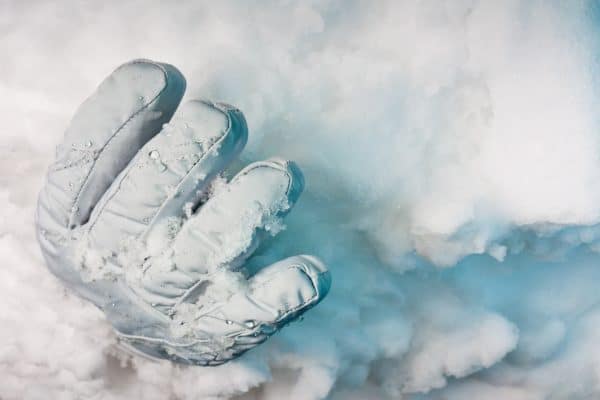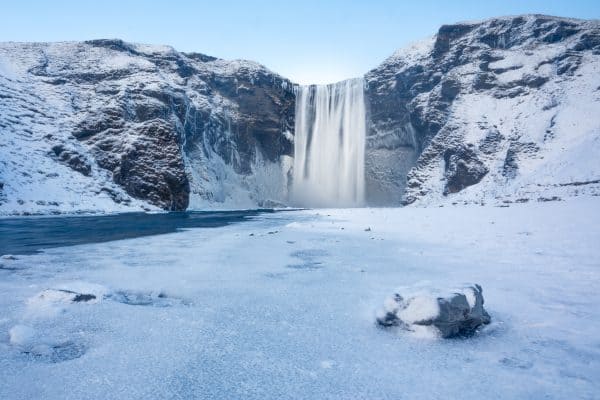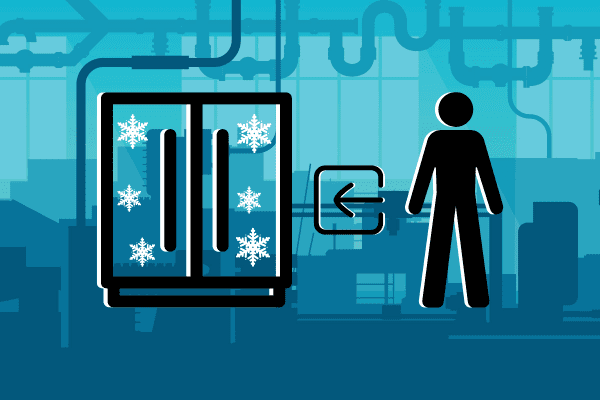Take a moment to picture yourself on a stunning mountain surrounded by virgin snow and towering peaks. Unexpectedly, a wall of snow and ice buries everything and everyone in its path as it crashes down the hill.
This is the truth of avalanches, one of nature's deadliest and most catastrophic tragedies.
Avalanches have claimed countless lives and caused immeasurable damage throughout history. They have struck remote mountain communities, caught outdoor enthusiasts off guard, and even buried entire villages under tons of snow and ice.
Despite modern technology and increased awareness, avalanches continue to pose a significant threat to those who live and work in mountain regions.
This article will explore some of the deadliest avalanches in history and pay tribute to those who lost their lives in these devastating natural disasters.
From the mountains of Europe to the peaks of the Himalayas, we will delve into the stories of tragedy, heroism, and survival that have shaped our understanding of avalanches and their impact on the world.
So, whether you're an avid mountaineer or just someone fascinated by the power of nature, strap on your crampons and get ready for an epic journey through the deadliest avalanches in history!
NOTE: WE MAY GET A COMMISSION IF YOU DECIDE TO MAKE A PURCHASE THROUGH THESE LINKS. THERE'S ADDITIONAL NO COST TO YOU. CHECK THE BOTTOM OF THE PAGE FOR MORE INFORMATION.
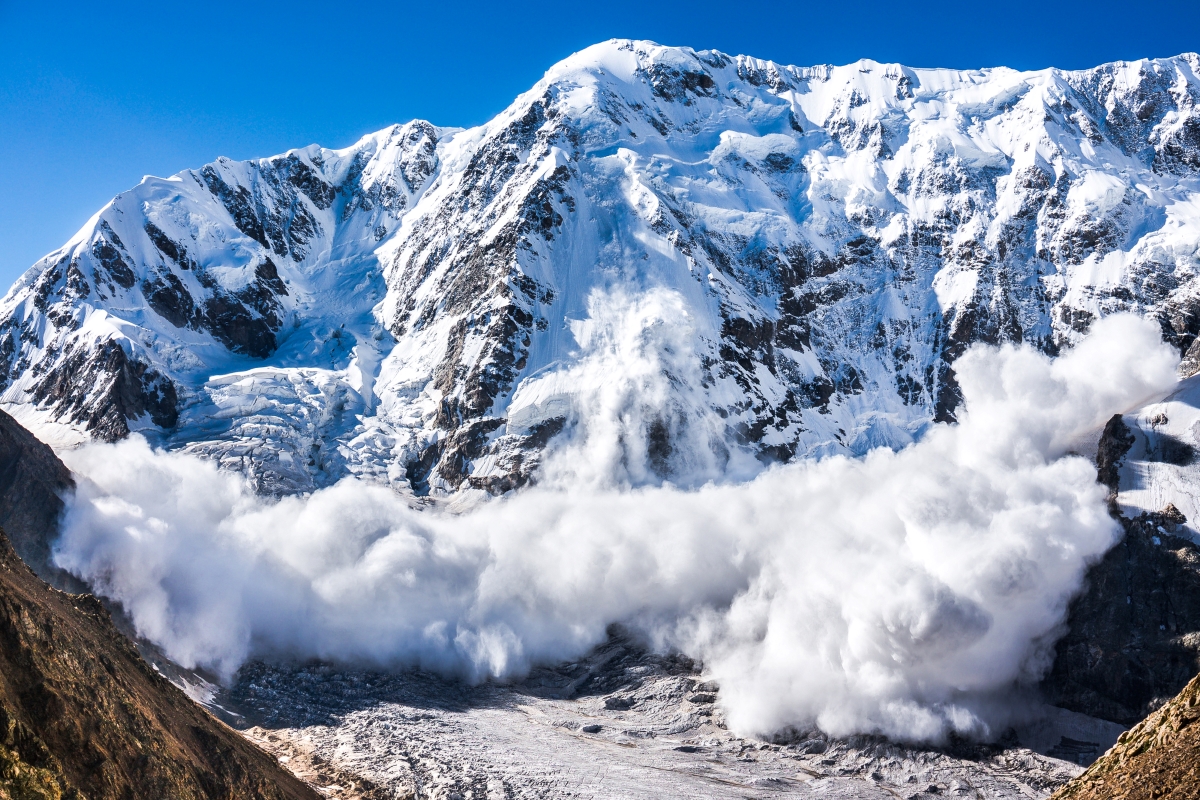
Definition of an Avalanche
Avalanches are powerful masses of snow, ice, and debris that slide down mountain slopes. They can occur naturally or as a result of human activity and can cause significant damage and loss of life.
Brief History of Avalanches
Avalanches have been around for thousands of years and have been documented throughout history. In the past, avalanches were seen as acts of gods and were believed to have been caused by supernatural forces.
Today, we have a better understanding of the science behind avalanches and how to predict and prevent them.
Importance of the Topic
Avalanches are a real threat to communities and individuals who live or recreate in mountain regions. Understanding the deadliest avalanches in history and what caused them can help us better prepare and protect ourselves and others in the future.
Historical Overview of Deadly Avalanches
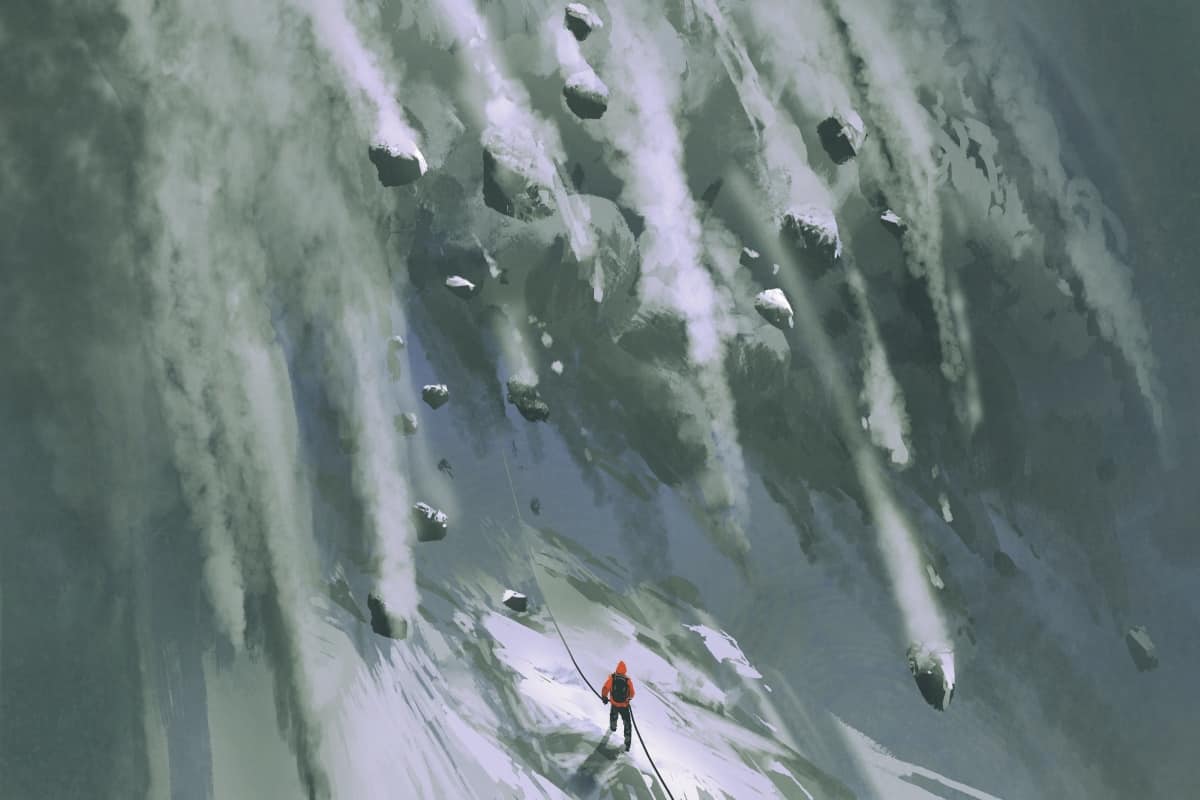
1700s and 1800s: Early Recorded Avalanches
Avalanches have been documented as far back as the 1700s and 1800s, with reports of devastating slides occurring in Europe, North America, and Asia. Many of these early avalanches were caused by heavy snowfall, and the exact number of fatalities is unknown.
1900s to the Present Day: Most Deadly Avalanches in History
In the 20th century, avalanches continued to occur, causing widespread destruction and loss of life. Some of the deadliest avalanches in recent history include the Tunnel Creek Avalanche (1910), the Valdez Avalanche (1928), the Kaprun Disaster (2000), the Kitzbühel Avalanche (2005), and the Rigopiano Avalanche (2017).
Each of these avalanches had its own unique set of circumstances and conditions, but they all had one thing in common: they caused significant loss of life and left a lasting impact on those who were affected by them.
In the next section, we'll take a closer look at each of these avalanches and explore the events and conditions that led up to them. So, keep reading to learn more about these natural disaster tragedies!
Major Natural Disaster Tragedies

Tunnel Creek Avalanche (1910)
The Tunnel Creek Avalanche of 1910 was one of the first major avalanches in North America. It occurred in Washington State and was caused by a combination of heavy snowfall and high winds.
Over 96 people were killed in the slide, and it remains one of the deadliest avalanches in American history.
The aftermath of the Tunnel Creek Avalanche was devastating. Homes and entire communities were destroyed, and the loss of life was significant.
The tragedy also led to important changes in the way avalanches are studied, predicted, and prevented, and it remains a powerful reminder of the dangers of avalanches and the importance of preparedness and safety.
Valdez Avalanche (1928)
The Valdez Avalanche of 1928 was another significant disaster in North America. It occurred in Alaska and was triggered by an earthquake that caused a massive landslide. Over 80 people were killed in the slide, including many members of the native Tlingit tribe.
The town and its citizens suffered greatly due to the Valdez Avalanche. Significant lives were lost, and numerous homes and businesses were damaged. The tragedy has left a long-lasting impression on the town and its citizens.
It continues to serve as a potent cautionary tale about the perils of avalanches and the need for forethought and safety.
Kaprun Disaster (2000)
The Kaprun Disaster of 2000 was a devastating avalanche in Austria that claimed the lives of 155 people. It was caused by a fire in a cable car that triggered an avalanche, burying the passengers and trapping them inside.
With more than 150 people losing their lives in the disaster, the aftermath of the Kaprun Disaster was terrible.
The tragedy came as a shock to the mountaineering and skiing communities, and it led to significant changes in the way that ski resorts and transportation networks are run and maintained in order to help prevent disasters of this nature from occurring again in the future.
Kitzbühel Avalanche (2005)
The Kitzbühel Avalanche of 2005 was a tragic event in Austria that claimed the lives of 10 people. The avalanche was triggered by a large snowfall that had fallen in the days leading up to the disaster.
A group of skiers were on the slopes when the avalanche occurred, and many of them were buried in the snow. Despite the efforts of rescue workers and other skiers, several people were unable to be rescued in time, and they perished in the tragedy.
Devastating effects followed the Kitzbühel Avalanche, which claimed the lives of several people. The tragedy came as a shock to the ski and mountaineering communities, highlighting once more how crucial safety and readiness are to these pursuits.
Rigopiano Avalanche (2017)
The Rigopiano Avalanche of 2017 was a devastating disaster in Italy that claimed the lives of 29 people. It was caused by a series of earthquakes that triggered a massive landslide, burying a hotel and its guests.
The aftermath of the Rigopiano Avalanche was devastating, with many people losing their lives and others being left injured.
The disaster was a shock to the world, and it once again underscored the importance of safety and preparedness in areas that are prone to avalanches and natural disasters.
Causes and Factors of Avalanches
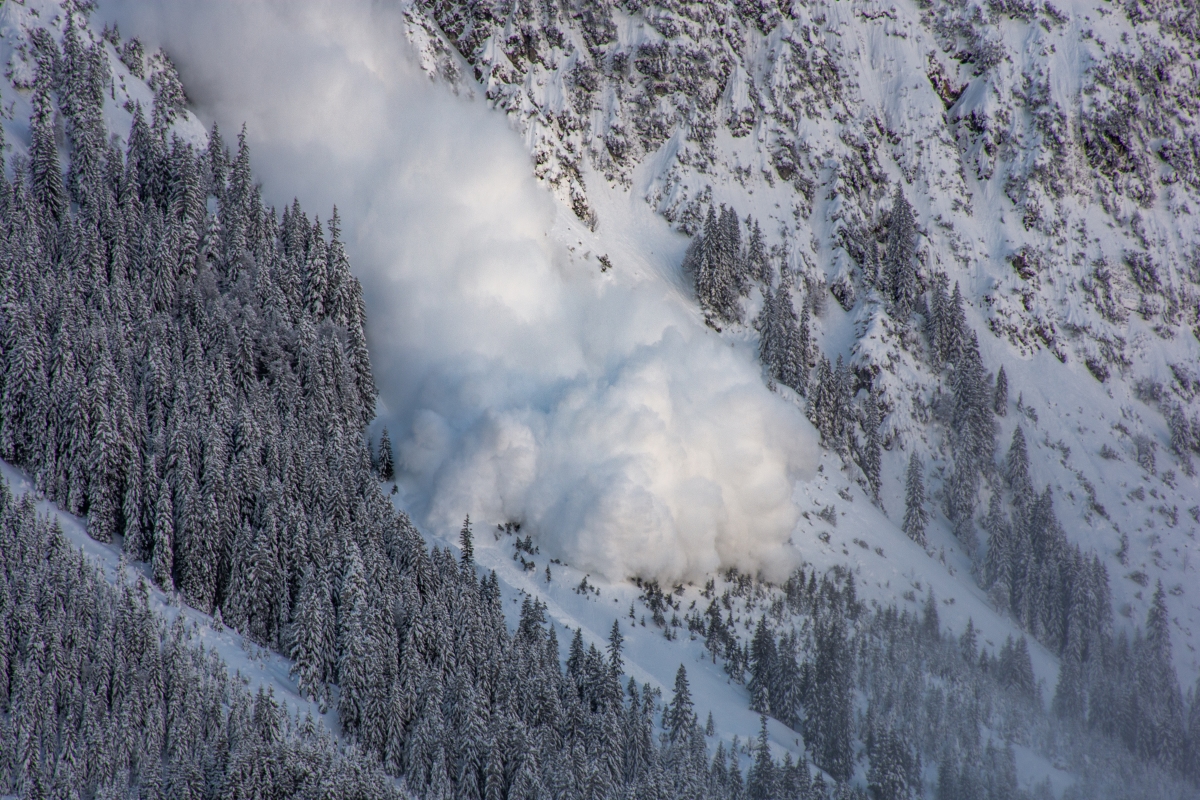
Natural Causes
Avalanches can be caused by a number of natural factors, including heavy snowfall, high winds, and earthquakes. When large amounts of snow accumulate on a slope, they can become unstable and eventually give way, triggering a slide.
Human Factors
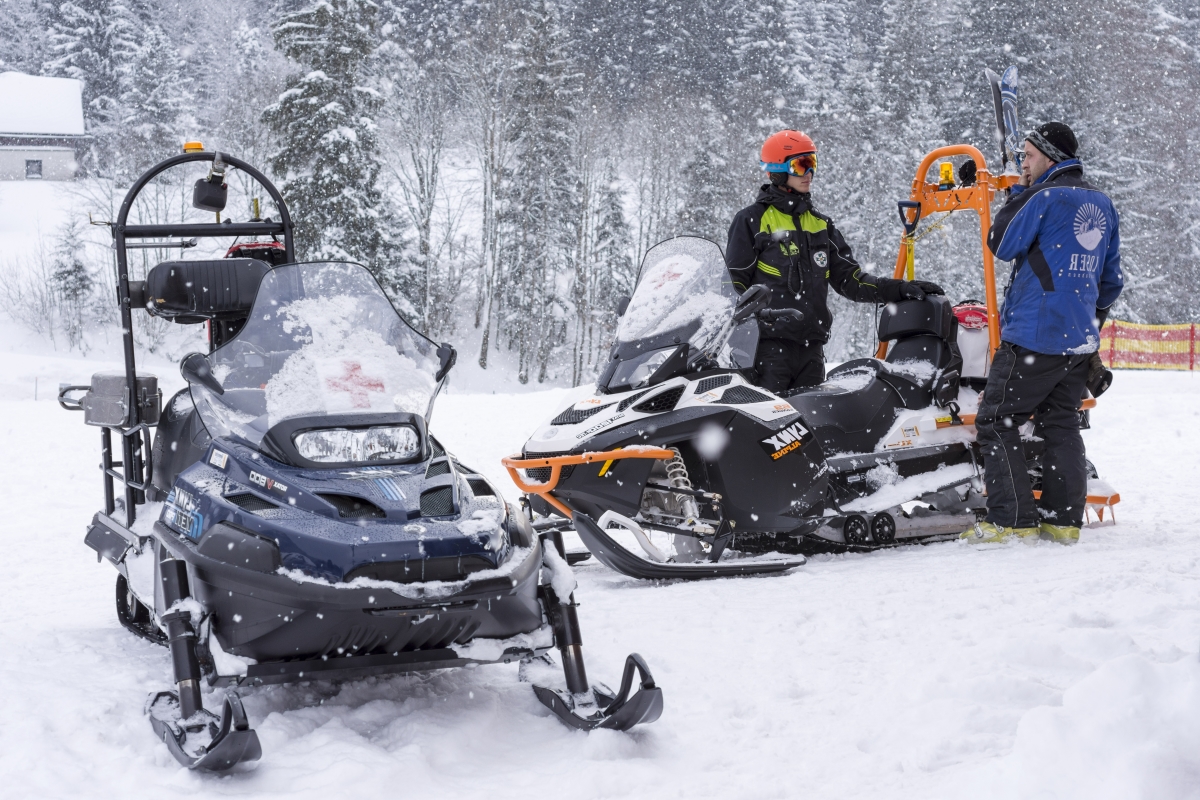
In addition to natural causes, avalanches can also be triggered by human activity. This can include things like ski touring, snowmobiling, and even the construction of roads and buildings. When these activities disrupt the natural balance of the snowpack, it can increase the risk of an avalanche.
Terrain and Weather
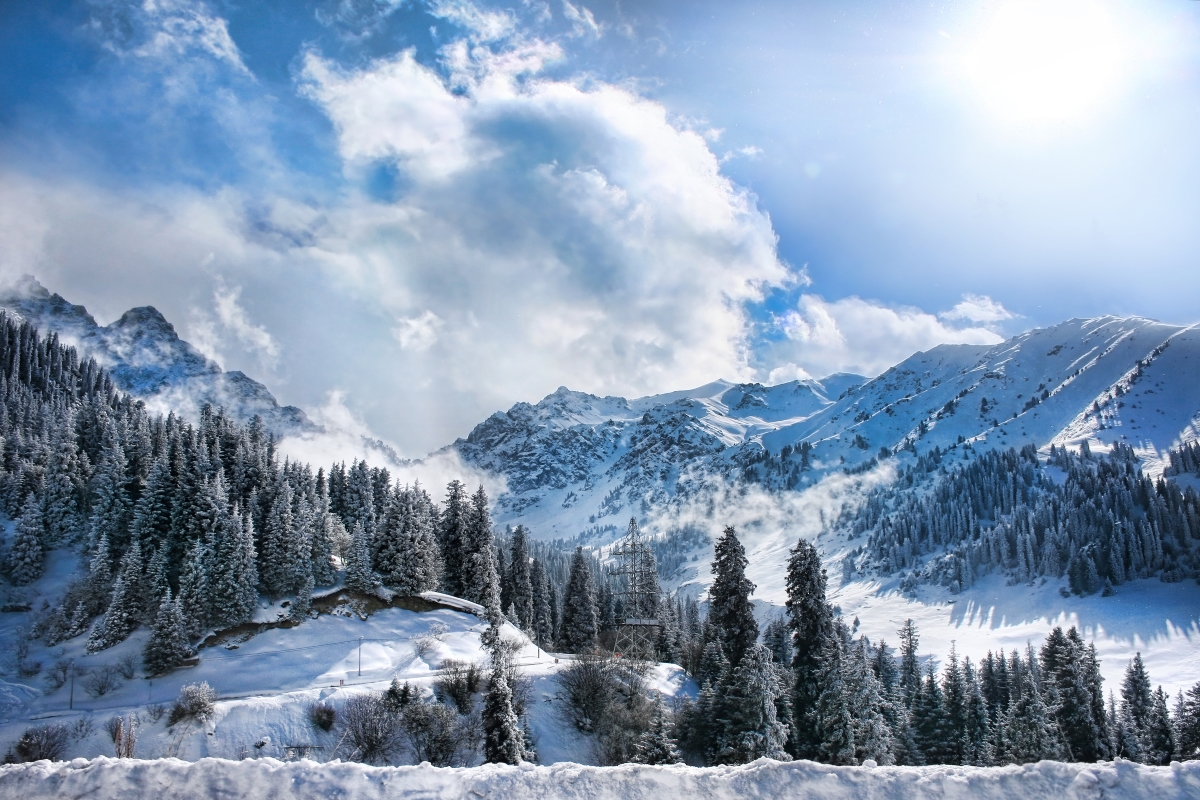
The terrain and weather conditions can also play a role in the likelihood of an avalanche. For example, steep slopes with a southern exposure are more susceptible to avalanches than gentler slopes with a northern exposure.
In addition, warm, sunny weather can cause the snowpack to become unstable, increasing the risk of an avalanche.
Predictive Tools and Warning Systems
There are a number of tools and systems that can help predict the likelihood of an avalanche, including weather forecasts, snow stability tests, and remote sensing technology.
These tools and systems can help give communities and individuals the information they need to prepare and protect themselves from avalanches.
Preventing and Mitigating Avalanches
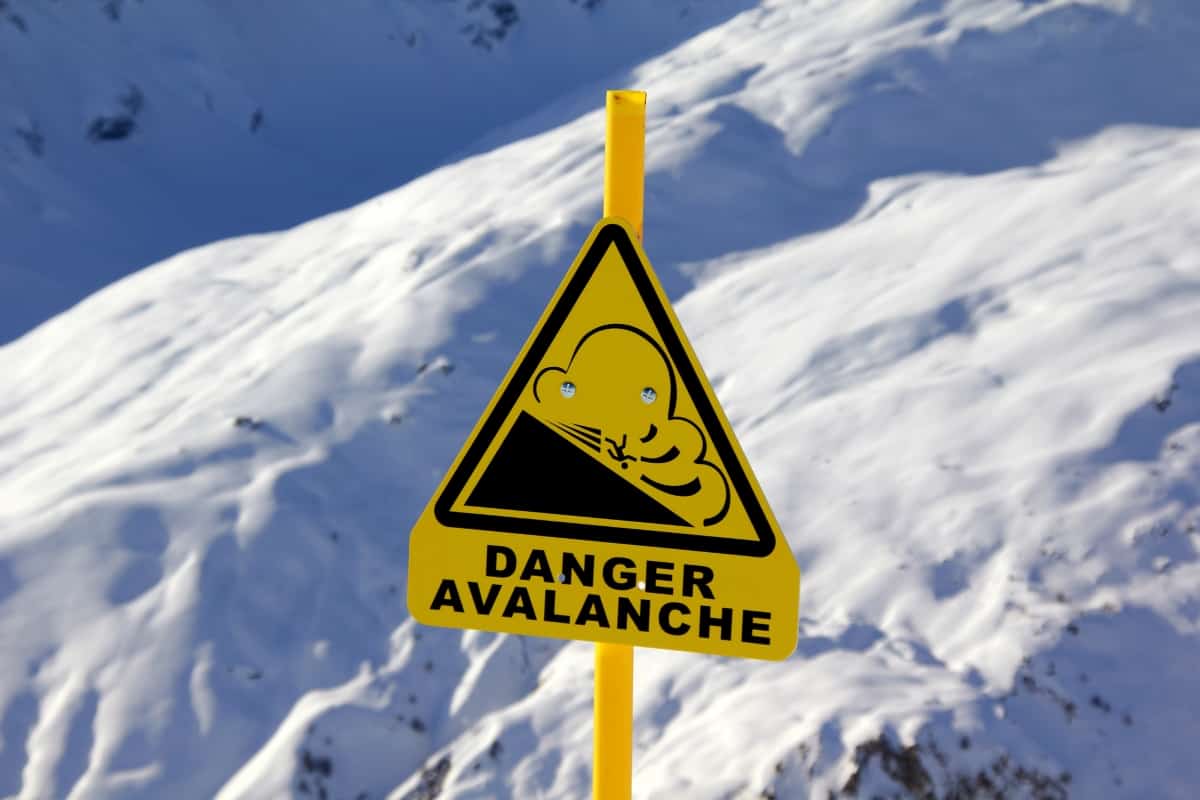
Awareness and Education
Awareness and education are key to preventing and mitigating the impacts of avalanches. This can include things like learning about the dangers of avalanches, understanding the factors that contribute to them, and being prepared for an emergency situation.
Planning and Preparation
Planning and preparation are also important for reducing the risk of avalanches. This can include things like checking weather forecasts, avoiding high-risk areas, and carrying proper equipment and supplies.
Response and Recovery
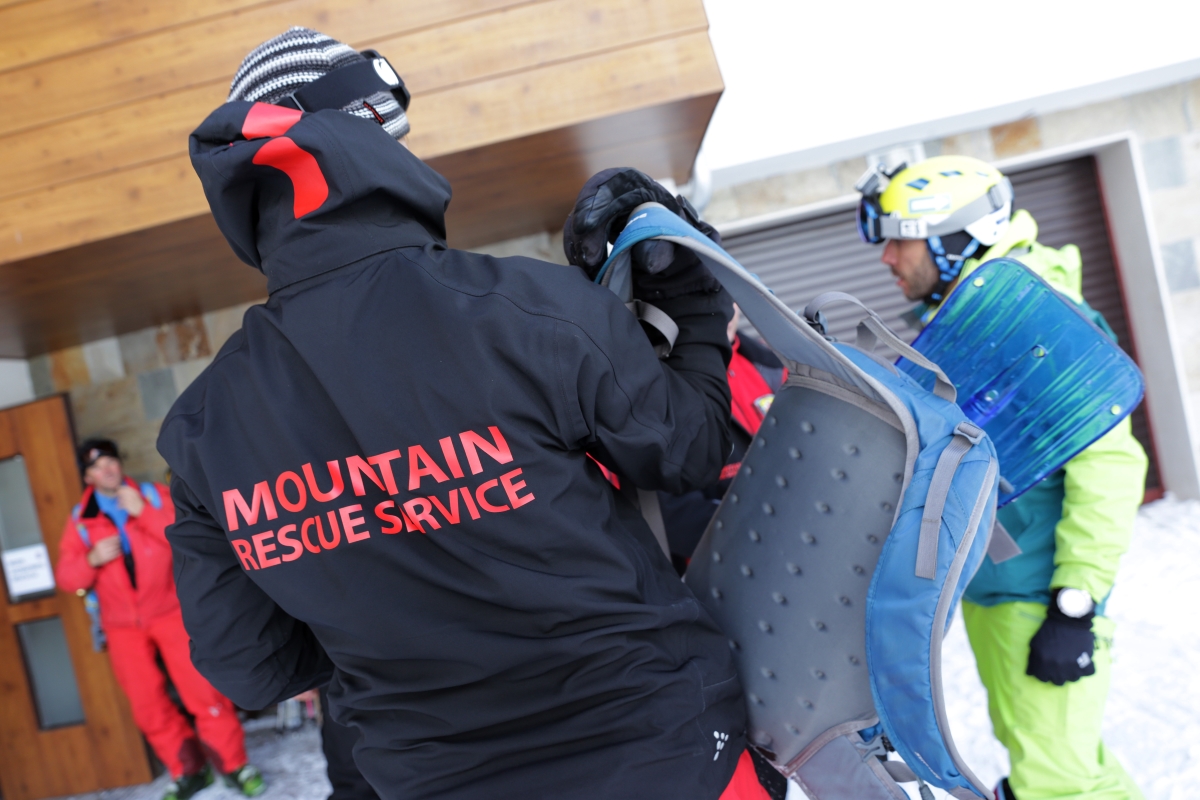
In the event of an avalanche, it's important to have a plan for response and recovery. This can include things like activating emergency response teams, conducting search and rescue operations, and providing support to those affected by the disaster.
Building Safe and Resilient Communities
Finally, communities can work together to build safe and resilient communities that are better prepared for avalanches and other natural disasters.
This can include things like investing in infrastructure and emergency response systems and working with local authorities and organizations to develop and implement effective plans and policies.
Conclusion
In this article, we explored some of the deadliest avalanches in history and the natural disaster tragedies they caused. We also discussed the causes and factors that contribute to avalanches, as well as the measures that can be taken to prevent and mitigate their impacts.
Avalanches can be devastating and deadly, but they can also be prevented and mitigated with the right tools, knowledge, and preparation.
By understanding the dangers of avalanches and the factors that contribute to them, communities and individuals can work together to build safe and resilient communities.
So, what can you do to help prevent avalanches and keep yourself and your loved ones safe? Start by learning about the dangers of avalanches and the factors that contribute to them.
Plan ahead, be prepared, and stay informed. And if you live in an area that is at risk of avalanches, work with your community and local authorities to develop and implement effective plans and policies.
We hope that this article has been helpful, informative, and engaging. If you have any questions or comments, please feel free to reach out. Stay safe and stay informed!
And that concludes our article on the deadliest avalanches in history! We hope you found it helpful and engaging. Thank you for reading!
Resources
Train disaster at Wellington kills 96 on March 1, 1910

